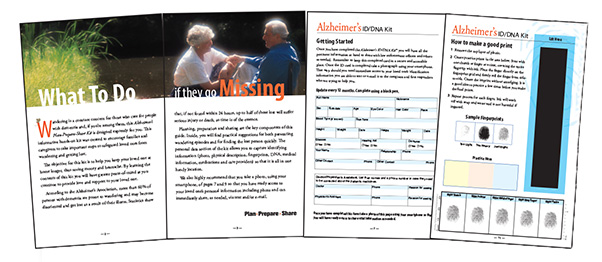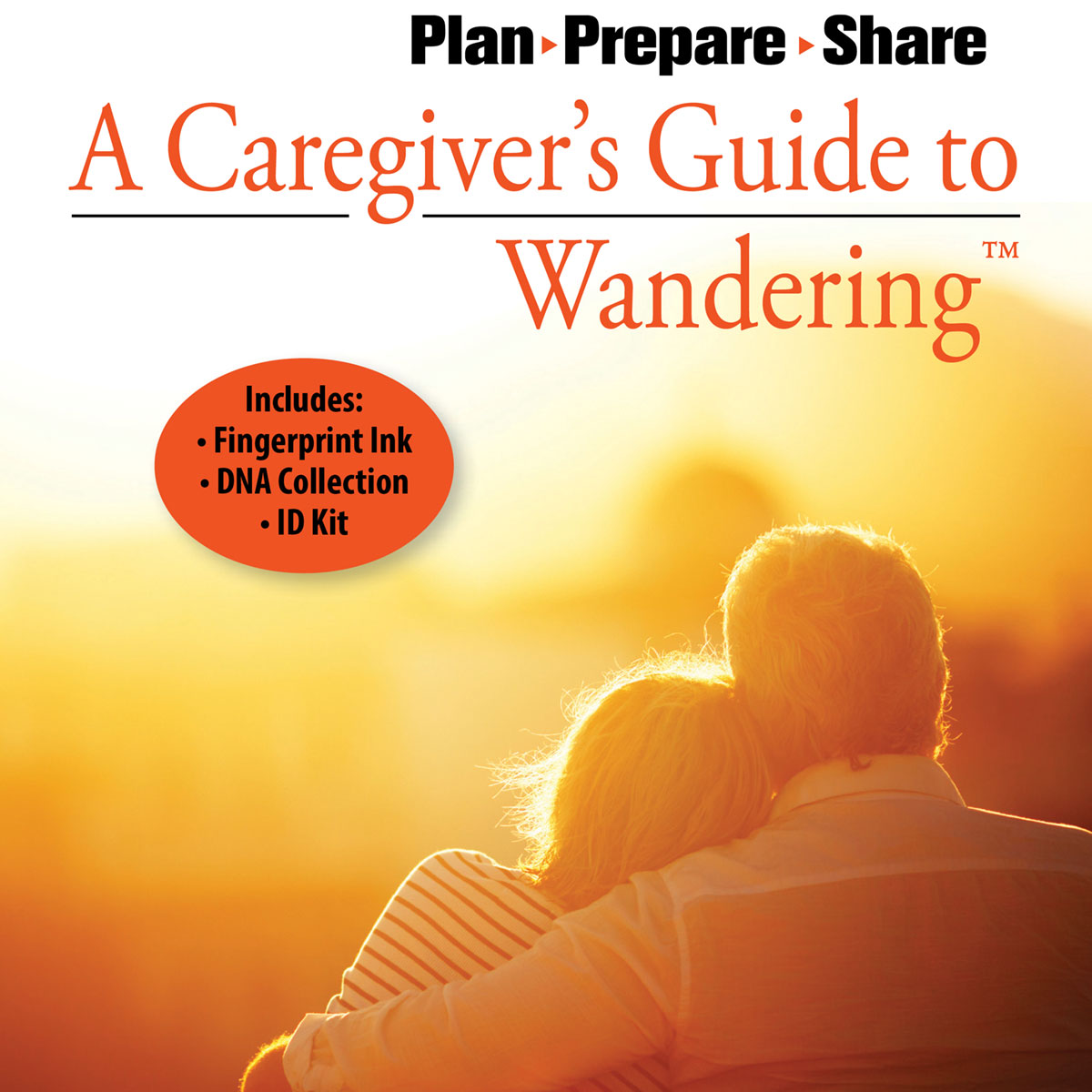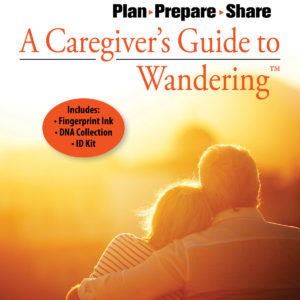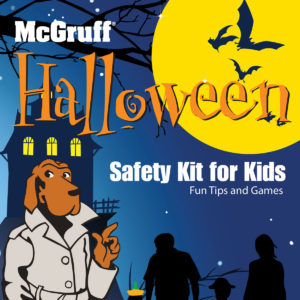According to the Alzheimer’s Association, more than 60% of people who suffer from dementia may wander, become disoriented and get lost as a result of their illness. A Caregiver’s Guide to Wandering is a program that educates caregivers on this one aspect of dementia in order to provide peace of mind and enable dementia sufferers to stay at home longer, more securely and more affordably.
Mission: To support caregivers and their immediate family/friend network when wandering is a concern, emphasizing how to guard against it and how to be prepared with necessary information in the event a wandering episode occurs.
Why we created the caregiver’s guide: In April of 2014, Sergeant Jacqueline Fortune of the Harris County Sheriff’s Office in Houston, Texas told us about a community meeting her department held that focused on protecting senior citizens. The sheriff’s office was using our McGruff Safe Kids ID Kit to address wandering as it related to dementia patients. That call was the catalyst in the creation of “A Caregiver’s Guide to Wandering,” a valuable tool in the continuum of care for people with cognitive disorders. We have been creating personal identification programs since 1990.
How to use the caregiver’s guide: Planning, Preparing and Sharing is the goal of the caregivers’ guide. It is meant to serve as a tool to help families provide safety and security to a loved one with dementia as well as preserve personal finances for as long as possible. Another version of the guide is currently being developed when wandering is connected to autism, Down’s syndrome and other cognitive disorders.
The first objective of this program is to discuss the potential dangers associated with wandering and empower caregivers to learn all they can for the protection of loved ones.
Secondly, we want to encourage caregivers to create an ACTION PLAN in the event a wandering episode should occur. By following the preventative steps outlined in the guide and completing the necessary identity information, loved ones can not only reduce the risks of wandering, but be ready to respond in the event it should happen. The completed guide provides everything necessary to turn over to first responders so the wanderer can be brought home quickly and safely.
Step One: Discover whether a loved one with dementia is at risk of wandering so you can develop a defensive action plan with your family.
Step Two: Reduce the risk of wandering by safeguarding your home for the protection and safety of your loved one.
Step Three: SHARE – because you’re not alone. Create an ID profile and release it immediately if your loved one goes missing.
Step Four: Stay involved in the activities you have always enjoyed. You need a balance with your caregiver task. Maintaining your own health and happiness is key to creating a successful action plan for the safety of your loved one.
Learn more about A Caregiver’s Guide to Wandering by reading the Caregiver’s Guide FAQs.







